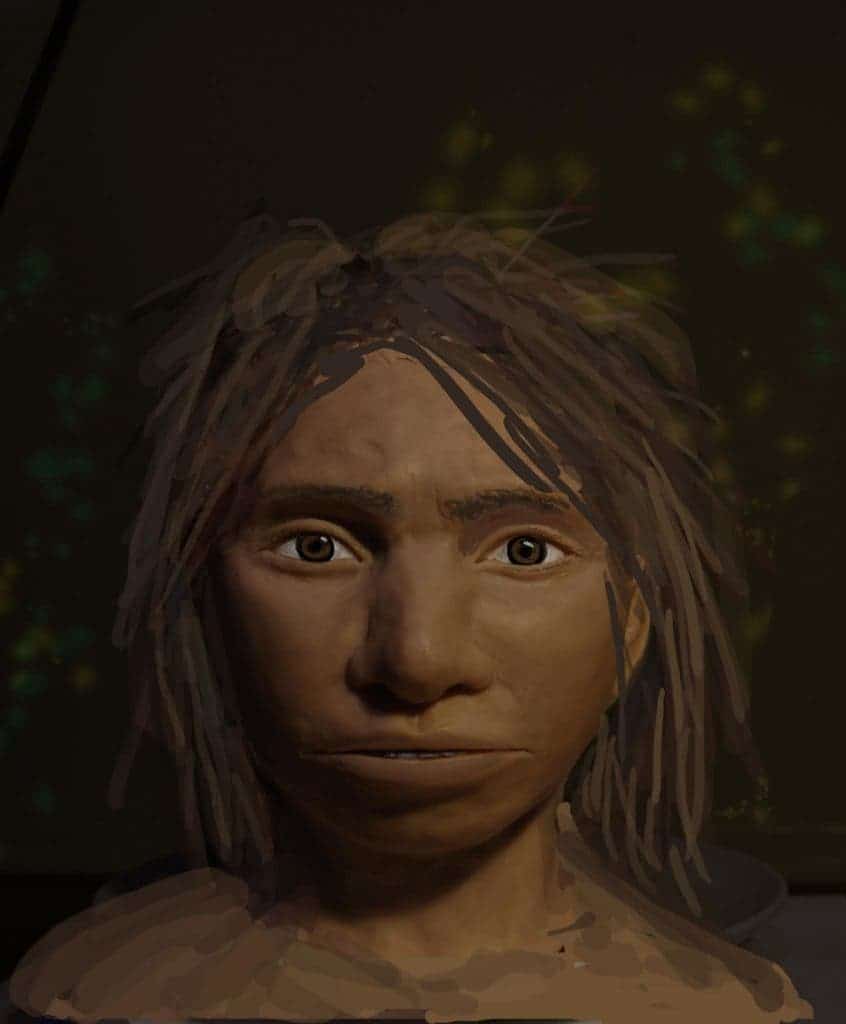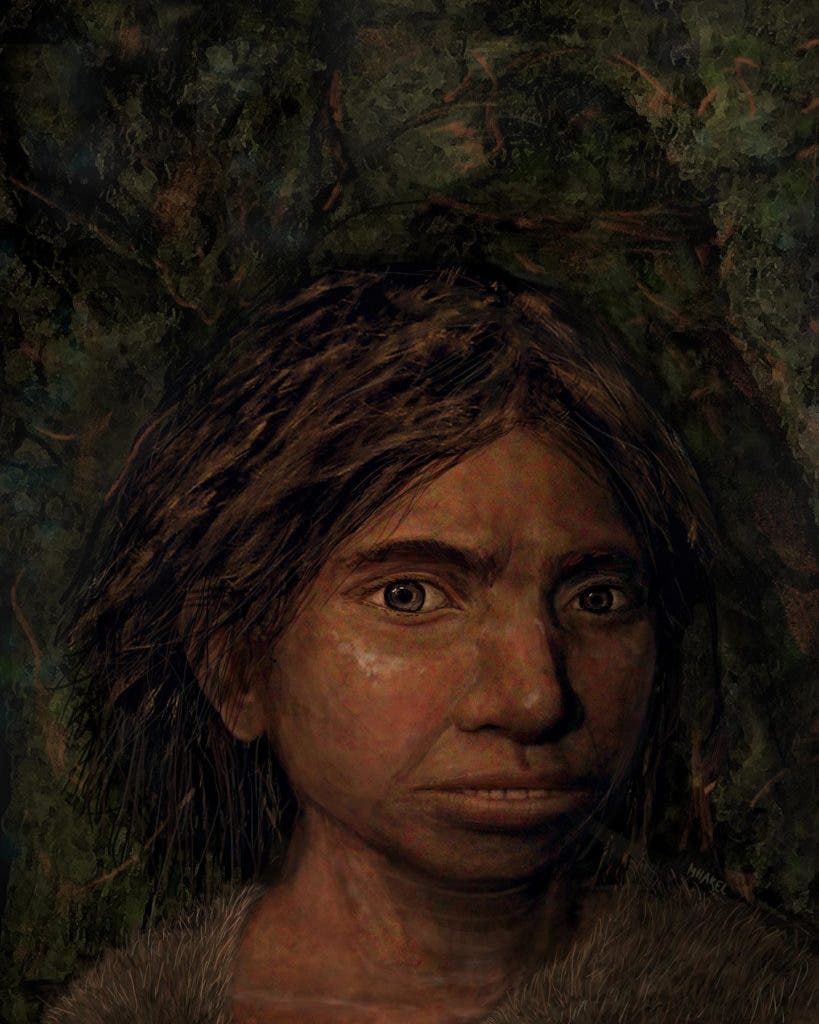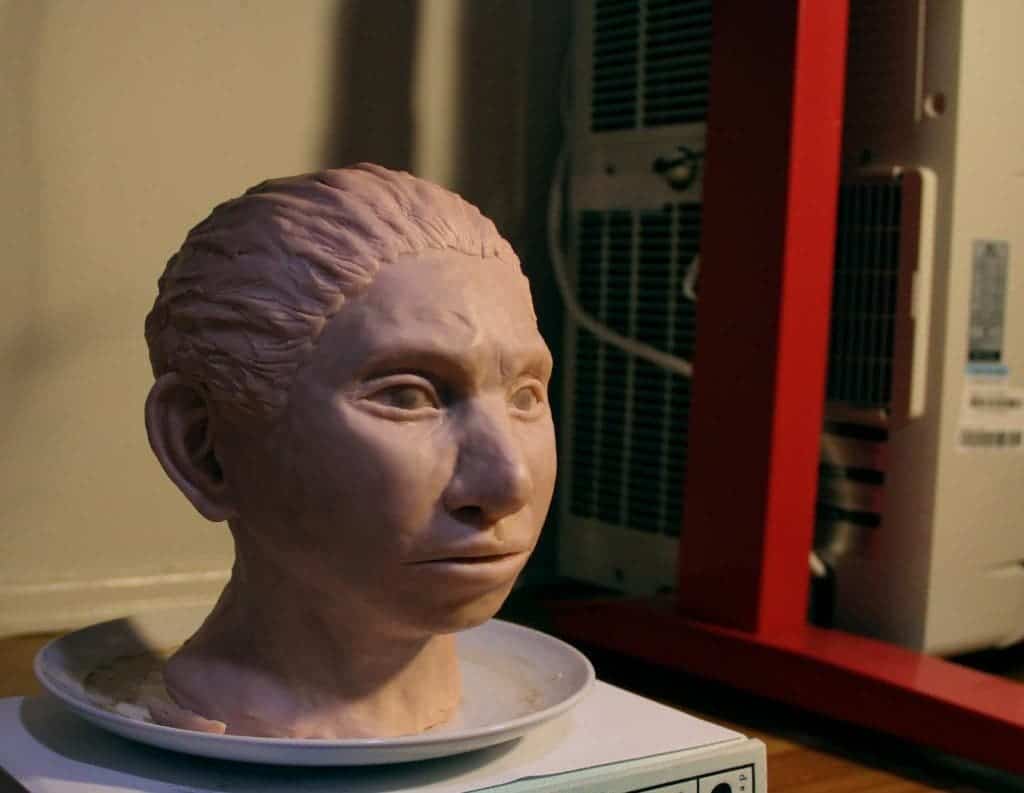Researchers have used patterns of methylation in ancient Denisovan DNA to predict their anatomical features.

The entire collection of Denisovan fossils features a pinky bone, three teeth, and a lower jaw — that’s it. From all that, we not only know that they were a distinct species, but we can also figure out some intriguing aspects about them.
Denisovans are a group of archaic humans in the genus Homo, alongside ourselves and the Neanderthals. A decade ago, we didn’t even know about their existence, until small fragments were discovered in the Denisova cave in Siberia (hence the name Denisovans). Since then, we’ve learned quite a bit about them, although in the grand scheme of things, they still remain a mysterious group.
They lived alongside humans and Neanderthals, interbreeding with both groups, even breeding with the ancestors of some modern groups. For instance, it’s estimated that three to five percent of the DNA of Melanesians and Aboriginal Australians comes from Denisovans.
However, we still have very little idea as to what they looked like.
To shed new light on that issue, researchers used a technique called DNA methylation, which has been used before to suggest anatomical features (and the evolution of such features) in groups of humans.

Essentially, DNA methylation is a process by which methyl groups are added to the DNA molecule. This changes the activity of the DNA strand without actually changing its structure. From that shifting gene activity, epigenetic patterns can be inferred, and these patterns are then traced back to anatomical features. Using this approach, researchers were able to identify 56 anatomical features in which Denisovans differed from modern humans and/or Neanderthals — in other words, 56 features unique to the Denisovans.
For instance, their skull appears to be wider than that of both humans and Neanderthals, and they also had a longer dental arch.
“We provide the first reconstruction of the skeletal anatomy of Denisovans,” says author Liran Carmel of the Hebrew University of Jerusalem. “In many ways, Denisovans resembled Neanderthals, but in some traits, they resembled us, and in others they were unique.”
“By doing so, we can get a prediction as to what skeletal parts are affected by differential regulation of each gene and in what direction that skeletal part would change–for example, a longer or shorter femur,” added first author David Gokhman.

While the method isn’t exactly a perfect predictor, it’s a pretty good approximation. In order to check their findings, the team first compared traits of Neanderthals with those of chimpanzees. They found that roughly 85% of the trait reconstructions were accurate in predicting which traits diverged and in which direction they diverged. Furthermore, while the research paper was in review, another study came out describing a Denisovan mandible — and it fit the prediction.
But while this is helping us make the first steps in truly understanding the ancient group, it may also teach us a bit about ourselves. We only have a general idea about where the Denisovans lived, and little information about what their lifestyle was actually like. The environmental pressure and their reactive adaptations could show us what made us a species survive when our closest relatives didn’t.
“Studying Denisovan anatomy can teach us about human adaptation, evolutionary constraints, development, gene-environment interactions, and disease dynamics,” Carmel says. “At a more general level, this work is a step towards being able to infer an individual’s anatomy based on their DNA.”
Journal Reference: Cell, Gokhman et al.: “Reconstructing Denisovan Anatomy Using DNA Methylation Maps” https://www.cell.com/cell/fulltext/S0092-8674(19)30954-7









